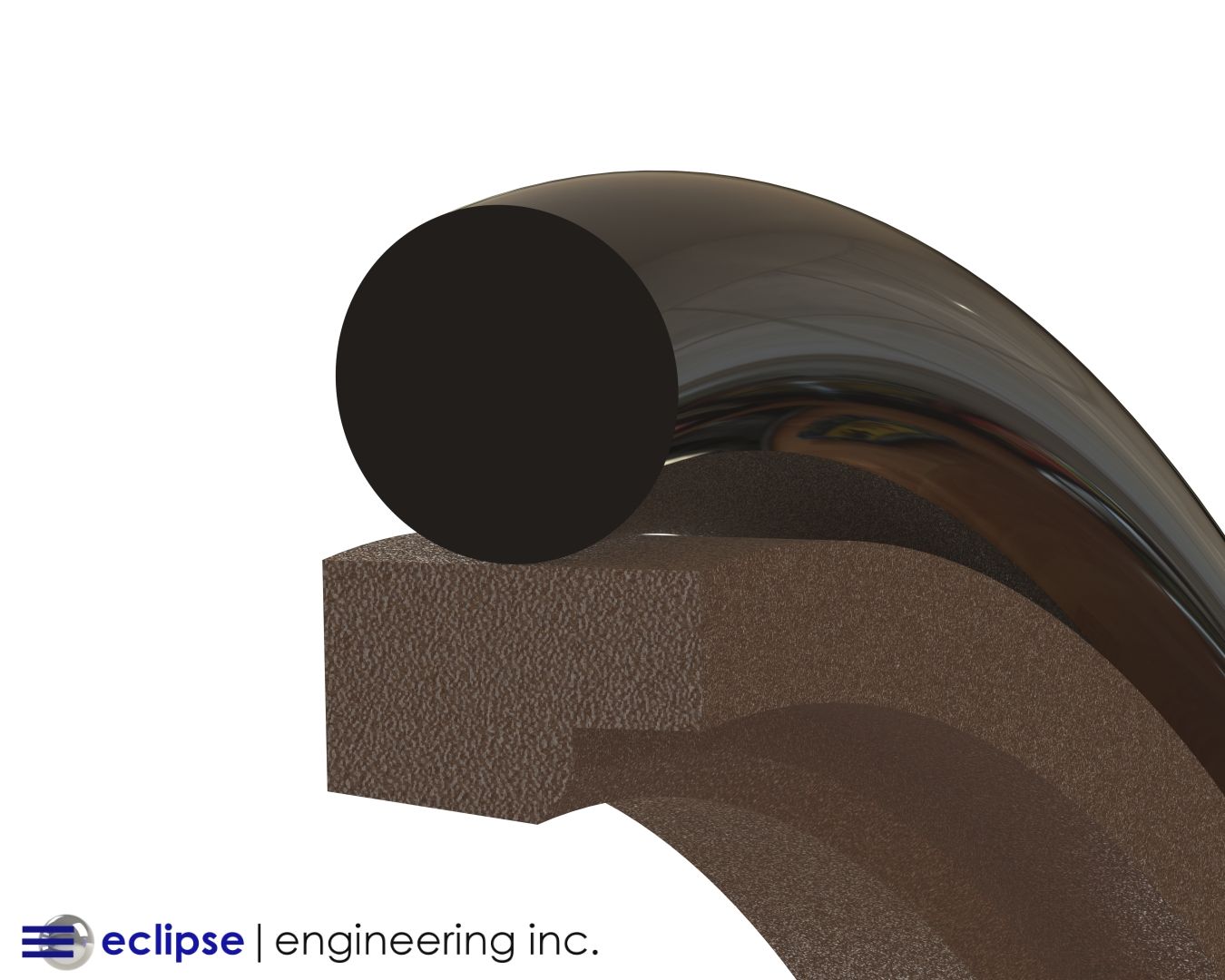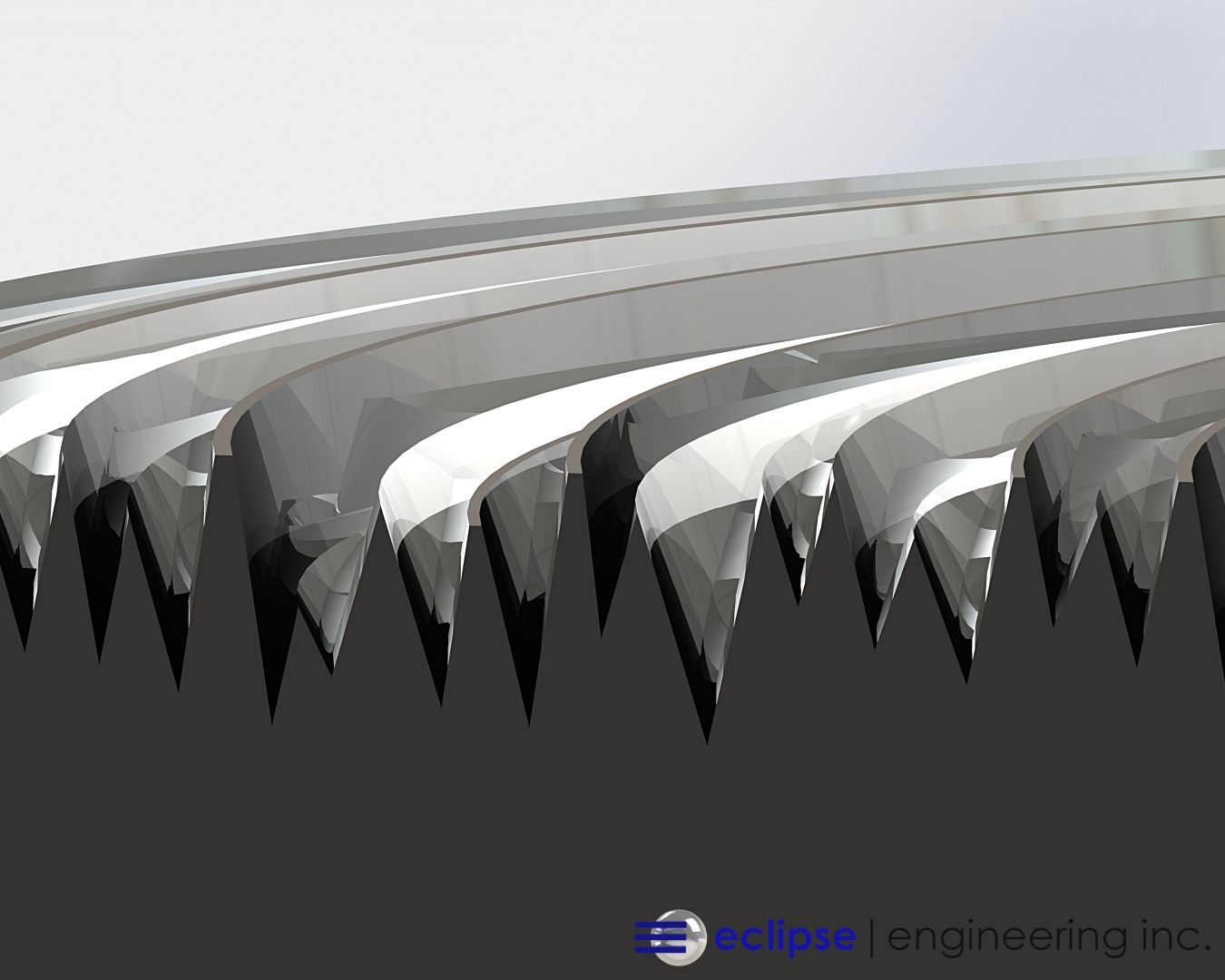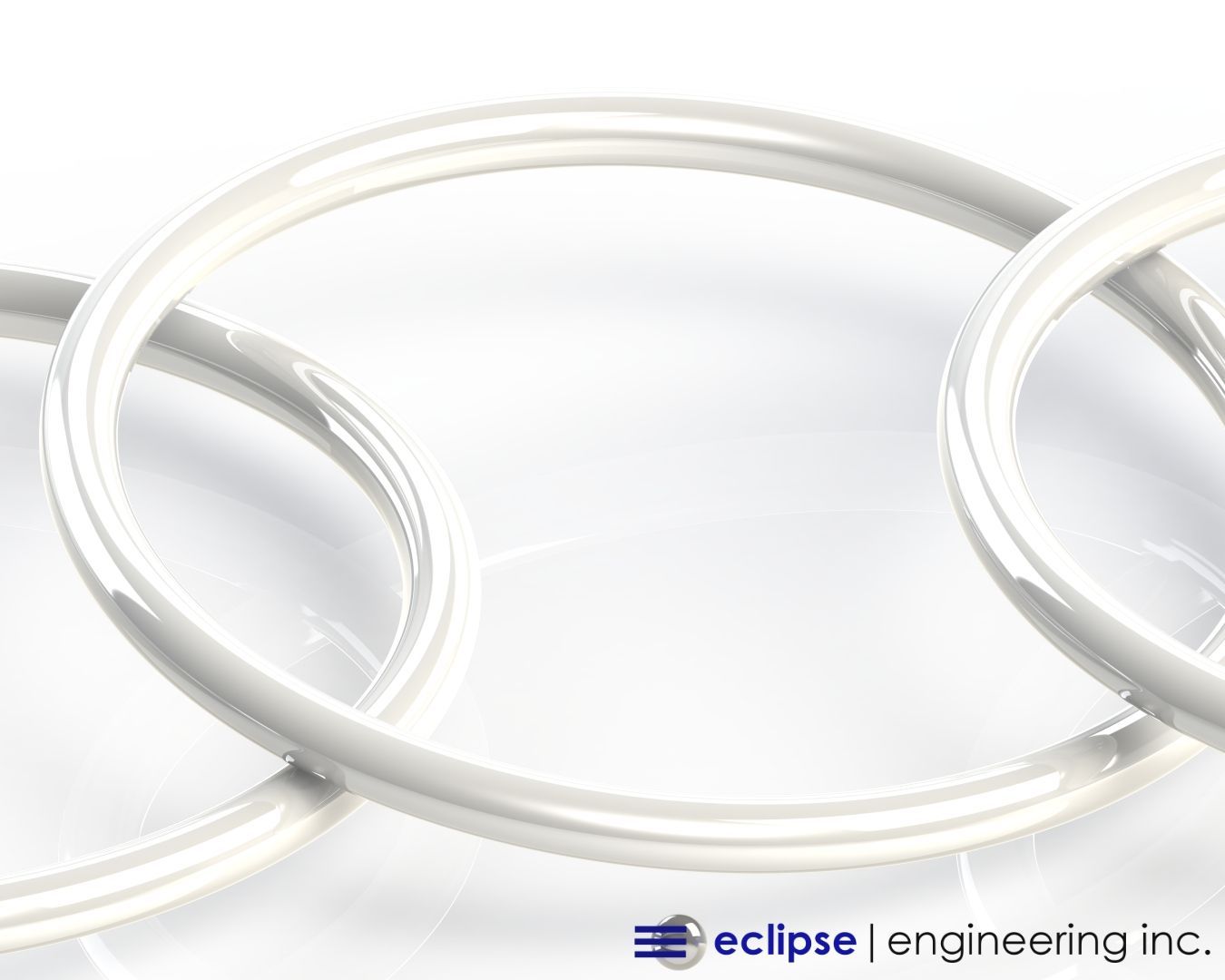Seals You Use Everyday

Seals are the great unseen player that keep the mechanisms we use every day working properly.
From making breakfast in the morning to driving your job to tending your garden in the evening, we all interact with seals from sun up to sun down.
The bottom line is, seals help to keep certain things in, and to keep other things out.
Here are the seals most of us use in our everyday lives and the role they play in our kitchens, gardens, automobiles and more.
Seals in Your Kitchen
Ready to pop a pie in the oven? Then you’re about to encounter a seal.
Your oven has a rubber seal around the door to keep the heat in, while allowing you to open and close the door.
Once the door is closed, the seal on the door allows you to keep your food piping hot with an air-tight container, aka a sealing lid.
Seals in Your Garden
There’s nothing like growing fresh veggies in your own backyard. And seals help you make sure your garden thrives all summer long.
Your water spray gun connects to your hose fitting with a rubber seal. This seal helps your hose maintain water pressure and prevent leaking, so you can control the water flow to your garden.
Seals in Your Car
You can thank seals for your car’s ability to keep you dry while driving through a rain storm.
The doors all have a molded rubber seal around them to keep the rain out, while still allowing you to get in and out whenever you need to.
Seals in an Airplane
Seals are a critical component in todays modern aircraft. They can be found in flight controls, landing gear, engine fuel systems and aircraft pressurization, just to name a few.
Seals in flight controls will allow a Boeing aircraft the ability to take off, control all aspects of flight, land and brake without human input.
Seals at a Restaurant
When you go out for lunch, seals play a big role in your dining experience — from the table where you’re seated to how your food is made and processed.
Seals are used in processing and storing food. They’re also used in the mixers that fold dough for the bread on your table.
And if you top off your meal with a local micro-brew, seals are used in making sure your beer is dispensed with a great head and chilled to just the right temperature.
Seals at the Hospital
Without seals, you wouldn’t be able to receive the critical treatment you need during a hospital visit.
Seals are used in medical equipment to ensure fluids are retained, and that contamination is kept out of operating systems.
Seals also help keep electrical components dry and preforming at their peak. A few examples of seals found in medical equipment include:
- Disposable catheters
- Prosthetic feet for proper adjustment of foot angle
- Accumulator in prosthetic knee that provides a more natural gate
- Saline pumps to help push fluids through the body
- Respirator pumps to help force air through the lungs
- Suction pumps for pulling fluids from the body during and post-surgery
- Drills and saws for insuring retention of fluids and lubricants during an operation
- Mixer seals used to produce pharmaceuticals
Eclipse has designed many different seals to fit the needs of medical equipment manufacturers. Learn more about how Eclipse seals have revolutionized the medical equipment industry >





